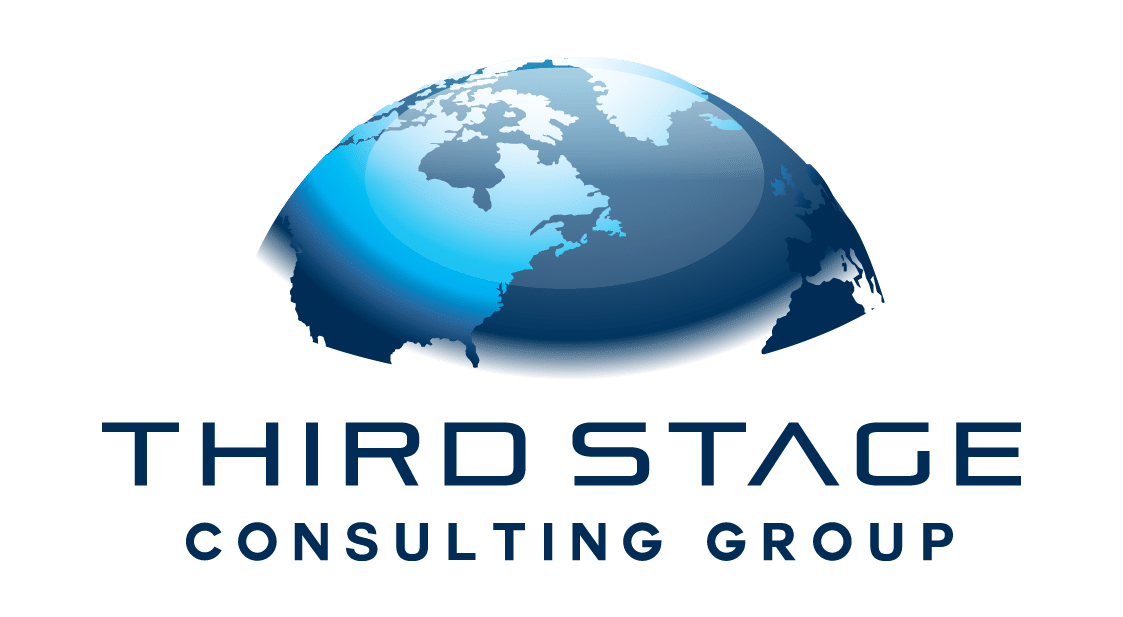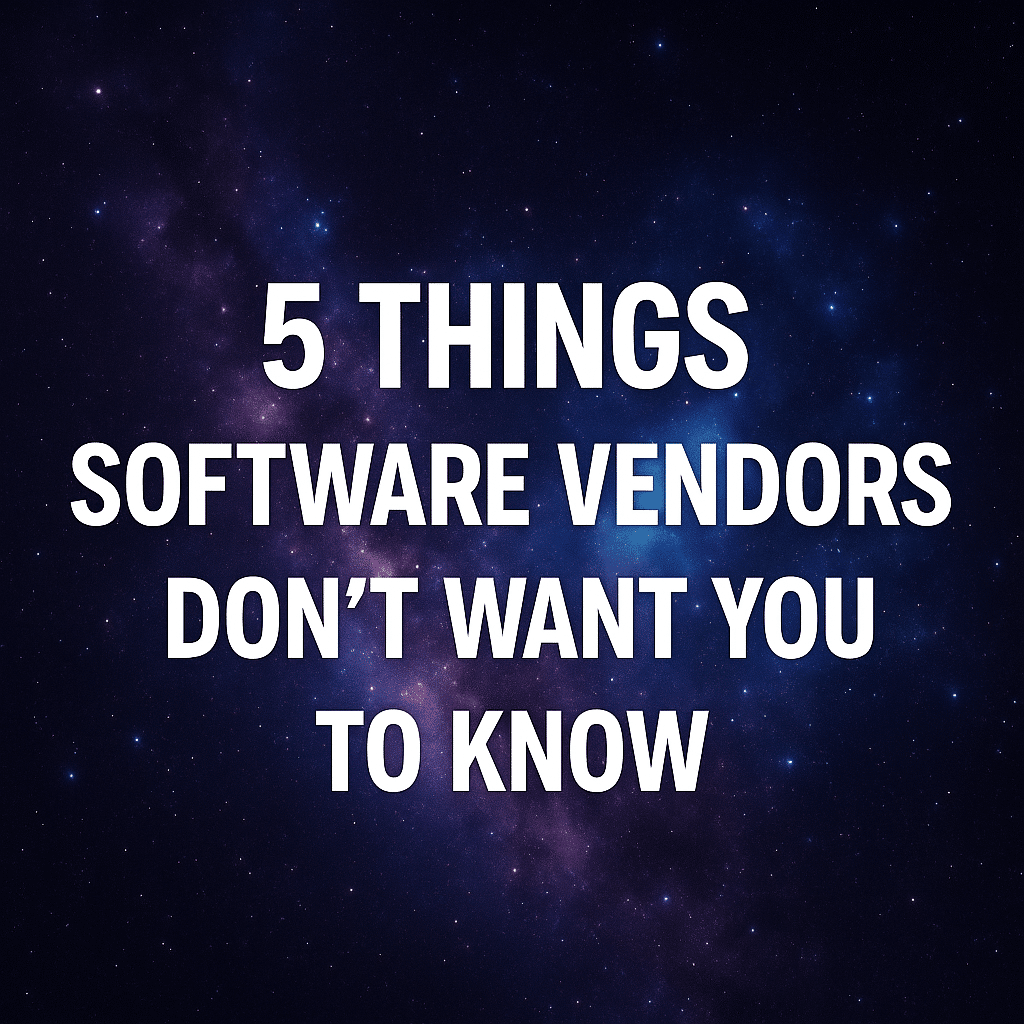When it comes to ERP and digital transformation projects, software vendors will happily tell you what they want you to hear. But what about the things they don’t say—the myths they quietly perpetuate because it benefits their bottom line?
In this blog, we’re pulling back the curtain on five truths software vendors often avoid. If you’re embarking on an ERP implementation or digital transformation, understanding these hidden truths could mean the difference between success and failure.
Table of Contents
Toggle1. “Best Practices” Are Not Universal Truths
Vendors love to promote their built-in best practices as if they are a one-size-fits-all solution. But let’s be clear: what a vendor markets as “best practice” is often just the way they decided to build the software—not necessarily what’s best for your business.
Yes, some of these features may align with your needs. But assuming their configuration is ideal for you can be dangerous. In many cases, organizations have highly specific business models, workflows, or competitive advantages that these generic best practices don’t support.
Worse, when organizations resist these built-in methods, vendors may label them as inflexible or change-averse. But in truth, pushing back may simply mean protecting what makes your business unique. Don’t let a vendor’s convenience override your strategy. You need to ask: Is this a best practice for us?
2. Technology Is Not the Most Important Piece
Vendors are in the business of selling and deploying software, so naturally, that’s where their focus lies. But here’s the truth: ERP success is less about the technology and more about your business.
Digital transformations are about business processes, organizational alignment, change management, and data. Technology is just the tool. If you spend all your time focused on features and functions without addressing the human and operational side of the transformation, you’re setting yourself up for failure.
The most successful ERP projects are business transformations powered by technology—not the other way around.
3. The Most Important Phase Happens Before You Buy
Most vendors won’t talk about this—but the most critical part of your ERP project isn’t go-live, testing, or even the design phase. It’s Phase Zero, and it happens before the vendor even steps in.
Phase Zero includes:
- Defining your business blueprint
- Laying out change management and governance strategies
- Creating a data migration plan
- Mapping your current and future-state architecture
- Setting realistic timelines and budgets
Why don’t vendors emphasize this phase? Because it delays their revenue. They want you to buy now and implement fast. But jumping into a project without proper planning is like building a house with no blueprint.
Smart organizations pause, plan, and prepare before engaging vendors. This ensures the project is driven by your goals—not theirs.
4. Change Management Is Not Just Training
Ask a vendor about their change management strategy and you’ll likely hear a checklist of user training, documentation, and maybe a train-the-trainer session. But that’s not change management—that’s end-user enablement at best.
True change management begins early in the process, during Phase Zero. It includes:
- Change impact assessments
- Communication planning
- Organizational design
- Stakeholder alignment
- Role definition and job design
- Labor union engagement (where applicable)
Training is the final step—not the beginning. If your team only starts to realize what’s changing during training, expect resistance, confusion, and chaos. Effective change management is proactive, not reactive. And most vendors simply aren’t equipped to deliver it properly.
5. Preconfigured Workflows Still Require Heavy Decision-Making
Another common myth is that modern ERP systems come preconfigured with workflows that are ready to go out of the box. Just plug and play, right?
Wrong.
Today’s ERP platforms are powerful and flexible—but with that flexibility comes complexity. Vendors will still ask you endless questions about how to configure modules, what your procurement-to-pay process looks like, or how to handle reporting logic.
This leads to what’s known as decision latency—the delay in making key decisions—which is the #1 reason ERP projects run behind schedule, according to the Standish Group’s analysis of over 100,000 implementations.
The software doesn’t tell you how to run your business. You have to decide that before implementation starts. Otherwise, you’ll burn time and money trying to make those decisions midstream, while the meter is running on expensive consultants.
The Bottom Line: Software Vendors Do Not Own Your Project
These five truths all point to the same conclusion: You need to own your transformation. Vendors are important partners, but their incentives aren’t always aligned with your long-term success.
That’s why at Third Stage Consulting, we guide organizations to define their strategy, processes, and requirements before engaging vendors—empowering them to lead from a position of strength.
Want to Dive Deeper?
Check out our guide:
📘 Lessons from 1,000+ Digital Transformations






